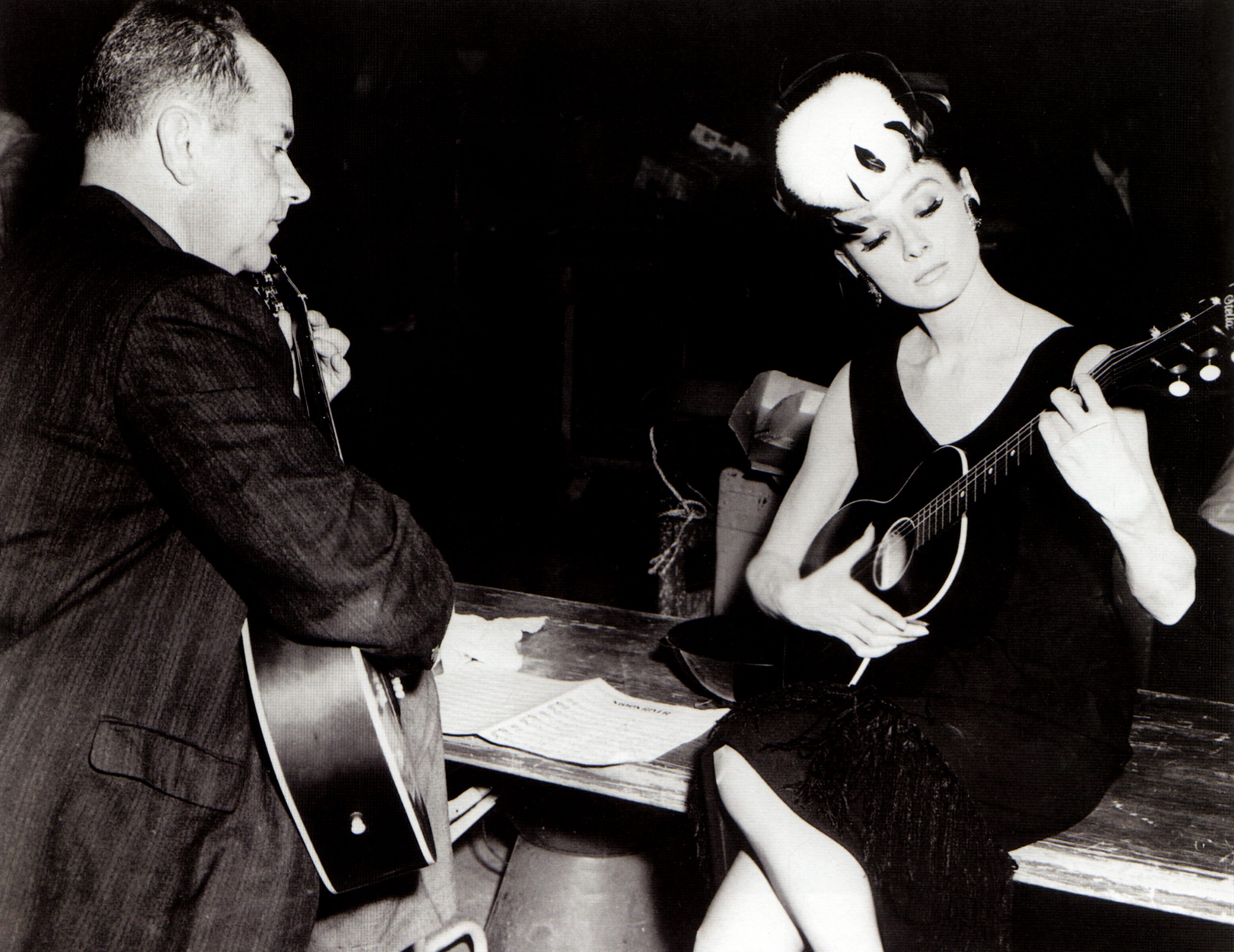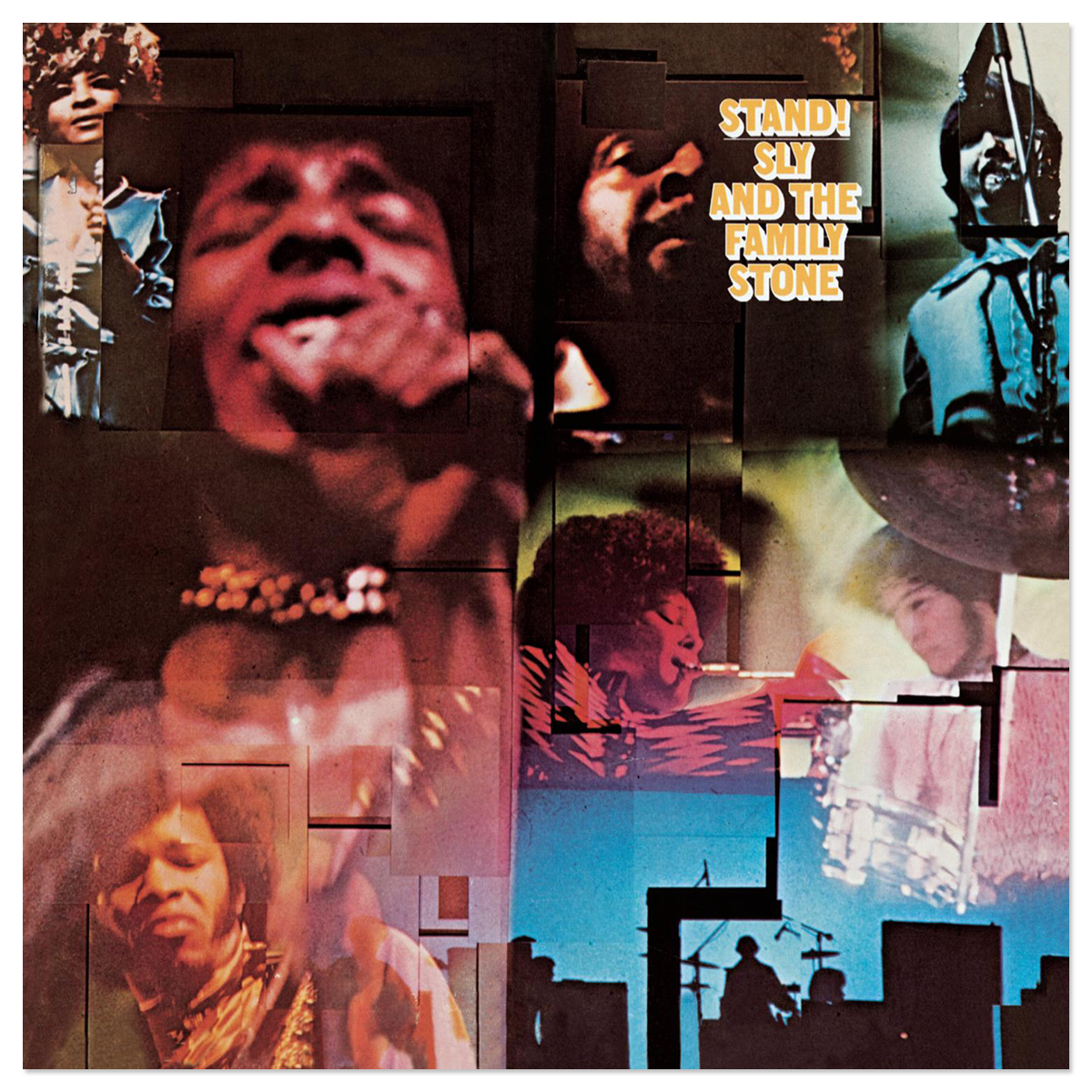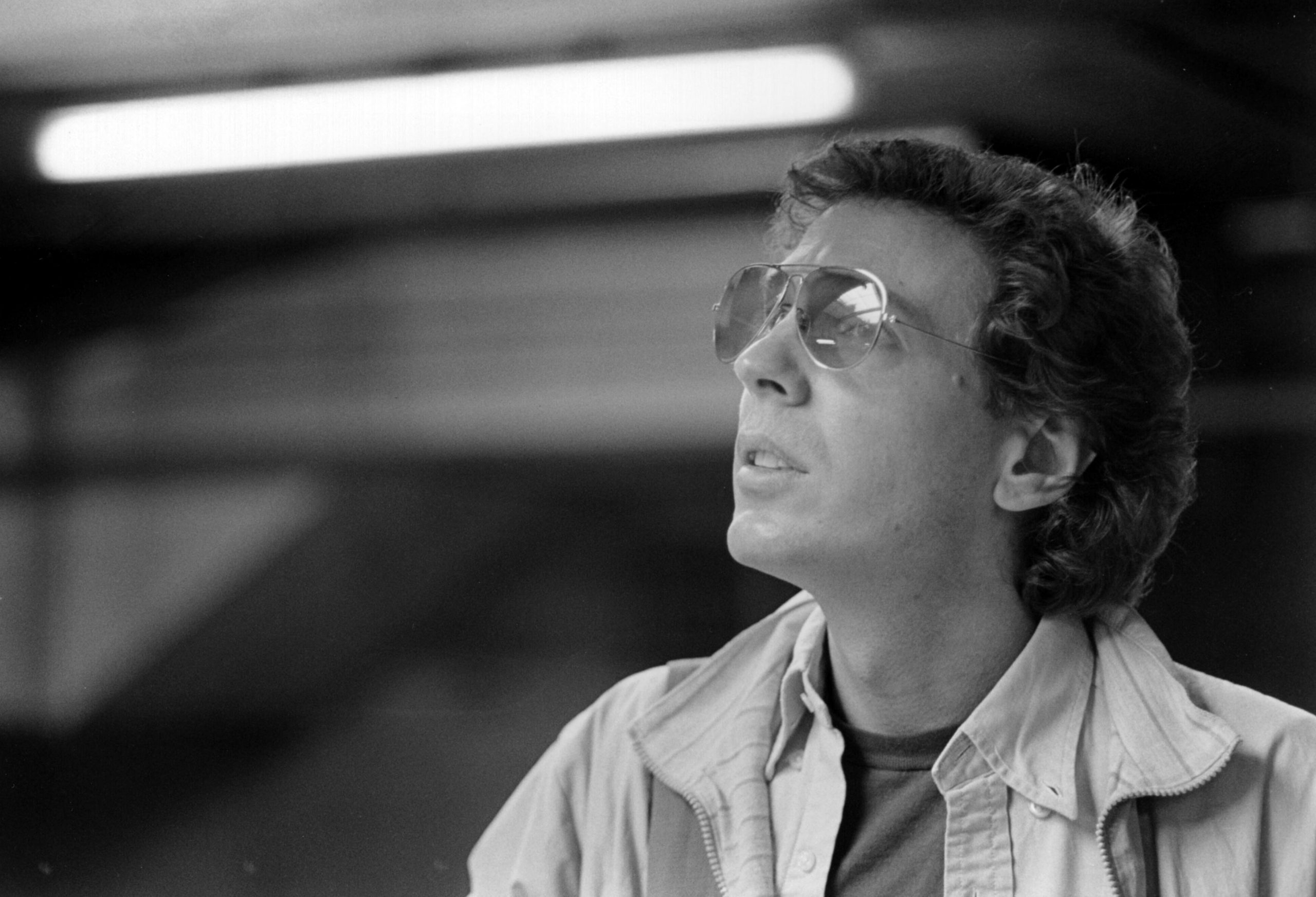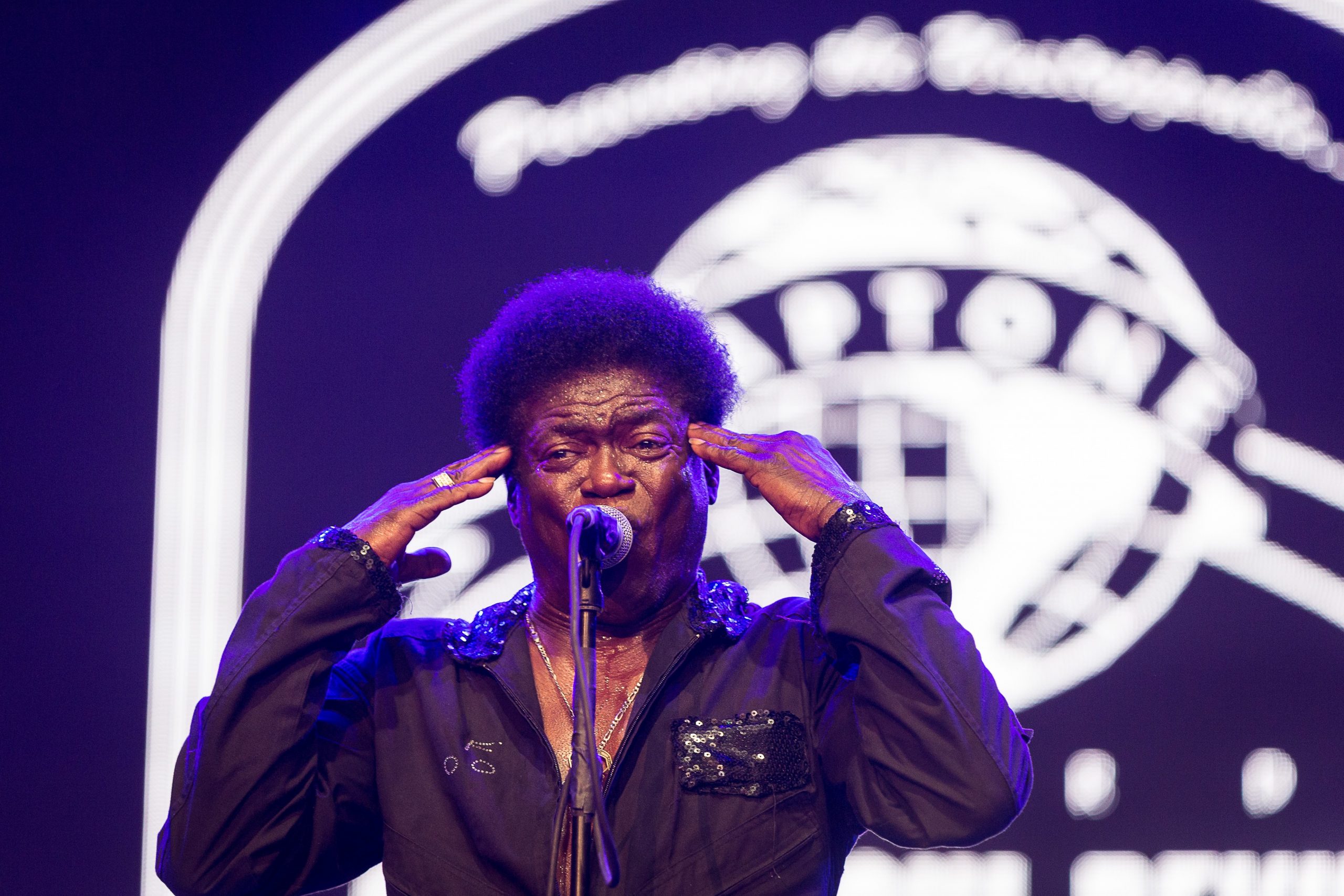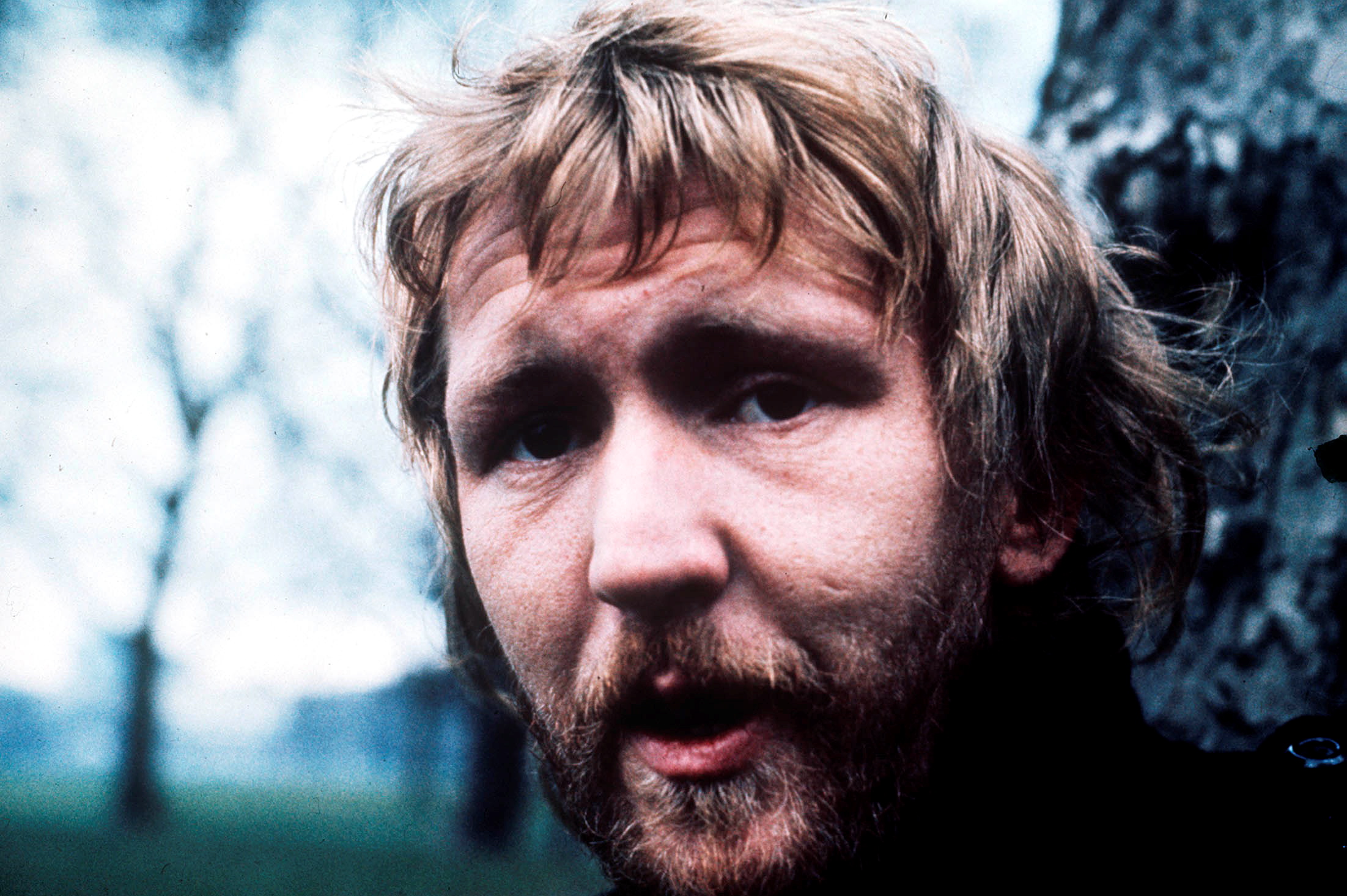It seems like "Moon River" is having another one of those moments -- and a kind of baffling one at that. The Henry Mancini-composed tune with lyrics by Johnny Mercer conjures up a number of conflicting references, from the wistful and much-loved Breakfast At Tiffany's performance by Audrey Hepburn that won it an Oscar and multiple Grammys to latter-day pop-culture goofs in Fletch and The Simpsons. But it still comes up in other forms long after the fact, as though it was somehow both a daring new idea to take it on and a long-revered traditional standard meant to flow with the times. Not three months after Frank Ocean dropped a sort of Soulquarian-minimalist take on it out of nowhere, A$AP Ferg and Elle Fanning teamed up for a duet-with-added-rap-verse that tries to make it sound like the incidental background music from Desus & Mero.
So how'd we even get here? Sure, "Moon River" is a famous song -- famous enough that there was room enough for both Audrey Hepburn and Andy Williams to claim it as a signature tune -- but it's had more than one stretch where it felt out of step with the times, whether it was the youth-revolution tunnel vision of the late '60s and early '70s or the First Golden Age Of Irony Poisoning that was the 1990s. How and why it's endured could be tracked, at least on the surface, through the ways it's been reinterpreted during the ups and downs of old Hollywood easy-listening standards' popularity -- what different artists of myriad backgrounds could take from its simple, drifting melody and its just-evocative-enough romance-for-romance-itself words. And while there are plenty of examples I could've added to this already eight-fold list of memorable covers -- Aretha Franklin, Elton John, Morrissey, the Killers (?!) -- it's the unlikelier, more obscure, and more iconoclastic ones that seem to register the most.
Grant Green (1961)
The jazz world naturally had its share of excursions into "Moon River," typically more lively than not -- including a swing-heavy version by Eddie Harris (who'd start the '60s as a movie-theme cover-version hitmaker with "Exodus," and close it out as an electric-sax and Echoplex innovator), a sort of frivolous big-band quickie by Quincy Jones (on a 1964 LP of Mancini covers, released a year before his score to Sidney Lumet's The Pawnbroker made him a regular fixture in the film score ranks), and an unsurprisingly stirring rendition by Louis Armstrong (released on the album Hello, Dolly! and subsequently dwarfed by the title track's success). But it's Grant Green's version -- one of the earliest renditions, preceding even Andy Williams' famous Nelson Muntz-charming performance -- that feels the most nuanced. Green was a guitarist whose talent outpaced his fame, a blues-steeped player who nonetheless played solos like he was holding a horn instead of a six-string and appeared on more Blue Note albums than just about everyone short of Reid Miles. And if you haven't experienced his playing outside the handful of hip-hop classics that sampled his work, his "Moon River" is a fine intro: The original Mancini melody's bright and recognizable at first, but Green takes it some unexpectedly lively directions.
Barbara Mason (1965)
Barbara Mason is one of those deep-cut artists whose brief moments near the charts' upper reaches don't do nearly enough to highlight a longer career's worth of solid work -- one of hundreds, probably, but her transformation from a teenage soul singer of the mid '60s to a more grown-and-scandalous incarnation through the '70s is at least worth exploring. Her debut, Yes I'm Ready, released to capitalize on the 1965 smash success of her single of the same name, is typical of R&B's earlier attempts to shift from a singles market to album-based sales: Her own self-written material is padded with a handful of covers, from Motown contemporaries ("Come See About Me") to old prove-your-chops standards ("Misty"). And the take on "Moon River" tucked near the home stretch of the LP's B-side is pleasant without necessarily being transcendent, Mason's voice doing the heavy lifting over an arrangement that can't quite figure out how to split the difference between pop-soul and easy-listening jazz. (There's also a funny moment where the horns come in for a lift of a riff from "My Girl" that couldn't be any more blatant if an invoice with Smokey Robinson's name on it was attached.) But it's at least a fascinating time capsule of musical trends in flux: Where "Moon River" was already feeling like an oldie by '65 -- it had dropped almost completely out of the pop-standard cover-song repertoire by 1967 -- it was a strange historical counterpart to the fact that its sophisticated, smooth take on R&B literally involved the contributions of future MFSB band members Bobby Eli, Roland Chambers, and Earl Young, who would be integral parts of the world-conquering Philadelphia sound by the early '70s, with Mason one of its best unsung beneficiaries.
Greyhound (1971)
I could probably dredge up enough versions of the David I. Arkin/Earl Robinson number "Black & White" to do its own Gotcha Covered -- long story short, the song was originally written in 1954 as a celebration of the Brown v. Board of Education Supreme Court ruling against public-school segregation, and it had been recorded by artists ranging from Pete Seeger to Sammy Davis Jr. before Three Dog Night took it to #1 in 1972. The year before, two reggae bands had put out dueling versions of "Black & White" -- the Maytones, from May Pen, Jamaica, and the London-based Greyhound, who eventually prevailed by hitting #6 on the UK charts. Apocryphal word has it that Three Dog Night were inspired to record their "Black & White" after being directly inspired by Greyhound, which should give you a clue as to where the poppier sounds of the latter band stood in contrast to more revered roots-reggae contemporaries like Toots & The Maytals or Desmond Dekker. And that lightweight-if-pleasant vibe carries through to their "Moon River," which has just enough skank to get your Doc Martens moving but doesn't strain to subvert or toughen up the homeward longing of the song as pop culture had known it for a decade up to that point.
R.E.M. (1983)
Props where they're due to writer Anthony Easton, who looked back at "Moon River" back in March for the Twin Cities alt-weekly City Pages when Ocean's cover dropped and did his own look at the song's queer subtext -- R.E.M.'s version, in particular, connected Michael Stipe's performance of the lyrics as "about being queer, sad, and Southern -- all at once." (Mercer himself only hit the latter two of that trifecta, but he did have an affair with Judy Garland that he had to painfully break off.) That description of Stipe's version hits deeper when you think of it as applied to the memorable a cappella performance on UK music show Old Grey Whistle Test, right at the early horror of the AIDS crisis and sung like a mournful search for "the same rainbow's end." (Stipe's description in the ensuing video clip of his love for the song stemming from a childhood misbelief that it was about his favorite cartoon character, "Huckleberry Hound," doesn't do much to dilute that feeling.) "Moon River" became a staple of the band's 1984 tour and made it to at least one bootleg, enduring in setlists all the way to 2005 --albeit as a rare attraction. But the 1992 reissue of their '84 album Reckoning includes (and concludes with) the one version they cut in the studio in February 1983, featuring piano accompaniment -- uncredited, but likely Mike Mills -- that adds an elegaic sort of old-pop minimal stateliness to it. (The prog-synth coda is its own inexplicable thing.)
Oranj Symphonette (1996)
You might not have heard of the Oranj Symphonette, but odds are you've heard them -- most of their members, including guitarist Joe Gore, bassist/cellist/son-of-Dave Matthew Brubeck, and the late multi-instrumentalist Ralph Carney, have played in Tom Waits' band on and off (mostly on) for nearly 30 years. This side project came around after inspiration struck during one particular Waits gig, playing the score for Jim Jarmusch's 1991 film Night On Earth -- and why stop at performing their own soundtracks when there are so many others out there? 1998's The Oranj Album might be the better of their two releases -- their "Midnight Cowboy" alone is weirdly affecting -- but their first, 1996's Plays Mancini, has plenty of inspired moments, too, including the wiseass move of fusing "Baby Elephant Walk" and "Peter Gunn." And while the record skews kind of manic -- it's kind of hard not to, what with a band that plays like a bunch of '50s Looney Tunes gangster palookas doing juvenile delinquent jazz-rock, including three songs from the Pink Panther series -- their "Moon River" is a different beast. A codeine orchestra pierced by baritone sax stretches every last note out into its most meditative possible state for the first instrumental verse, while the second snaps upright to lope through a herky-jerky walking-on-Jell-O bossa nova.
Clinic (2011)
If "Moon River" can be said to be having a moment right now, it's even more true that this moment can be traced back to at least the beginning of the decade -- though if it's for any deeper reason than a recurring collective reminder that Audrey Hepburn was one of the most endearing people to ever live, I'm not sure. Of the three wildly different versions I've plucked from 2011, Clinic's is probably the least surprising considering the source: For a band that struck right before the tide of circa-2001 Rock Is Back enthusiasm threatened to drown them out, their sound's become singular yet familiar, clambering garage-psych punctuated by Ade Blackburn's haunted wail and a sometimes-throbbing, sometimes-drifting blend of intensity and reverie -- with melodica. Opinions are split as to whether Clinic maintained or ossified from 2002's Walking With Thee onwards, and the five-year gap since 2013's Free Reign II -- itself a remixed version of an album released the previous year -- has left them nearly forgotten by all but the diehards. But as one of those diehards, I can state that hearing the same band that waxed lysergically bucolic on cuts like "Mr. Moonlight" and "I'm Aware" drift weightlessly through a saudade-filled "Moon River" with little besides Blackburn's voice, guitar, and just the right amount of reverb is perfect to the point of almost feeling like typecasting. (Then again, this appeared on the same Record Store Day EP that featured their surprising cover of Man 2 Man's "Male Stripper," so it's not like they're predictable.)
Bernie Worrell (2011)
Speaking of typecasting, here's Bernie Worrell -- synthesizer wizard, top-flight funkateer, and one of the pivotal reasons the '70s (and '80s and '90s and etc.) sounded like they did. So what else would a crucial member of P-Funk and the de facto funkiest member of the early '80s Talking Heads do than... a mellow, mostly acoustic jazz number? Despite the fact that he made his name in the '70s, Worrell was musically inclined from an early age, starting piano lessons around the same time as most kids learn the alphabet and writing a concerto in the early 1950s when he was all of eight years old. If Worrell hadn't taken a path that led him through doo-wop, R&B, and funk, he could've been another Ahmad Jamal, a sophisticated jazz pianist versed in pop, classical, and every styling somewhere in between. Here, he's an eloquent soloist and a fine accompanist that hints at the sort of role he could've played in that context. But, you know, Widely Revolutionizing The Role Of The Synthesizer In Popular Music isn't a bad legacy, either.
Kid Koala (2011)
You don't often get many hip-hop artists showing up in the ranks of straight-up cover versions, despite the fact that it's the single most referential genre of popular music to emerge from the postwar 20th century. It could just be its DJ roots -- a skill based around turning pre-existing work into transformative experiences, whether it's extending a familiar instrumental break to new lengths or juxtaposing fragments of music into something different entirely. Can manipulating a recording really count as a cover version? Let's get Eric San to help us with that question: As Kid Koala, the Canadian turntablist broke through during the '90s supervirtuoso-scratching era and set himself apart with a comedic sense of timing that felt more like Spike Jones on the wheels of steel than anything. His "Drunk Trumpet" routine might be the best (and funniest) example of him mutating traditional scratch and crossfader technique to create some goofball tweak on jazz-style improv, but hearing -- and watching -- what he does to "Moon River" zooms past the realms of looping and sampling into something else entirely. A dedication to his mom's favorite song that's become a showpiece of his typically wide-ranging and freewheeling sets, his performance starts out like a simple DJ routine using Hepburn's original performance -- straight from the movie, complete with the clacking keys from George Peppard's typewriter -- then crossfades and cuts it into a kaleidoscopic extension of itself, where string sections on turntables are manipulated like Theremins and Hepburn's voice becomes a quivering ghost of itself.
